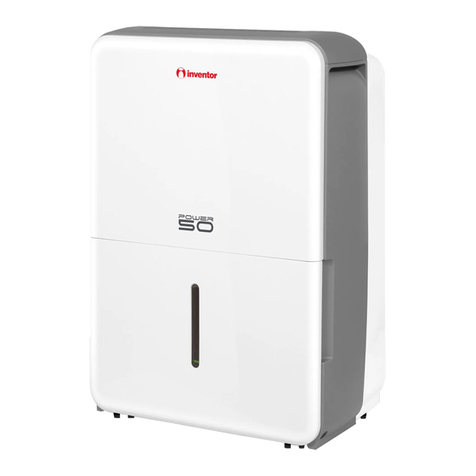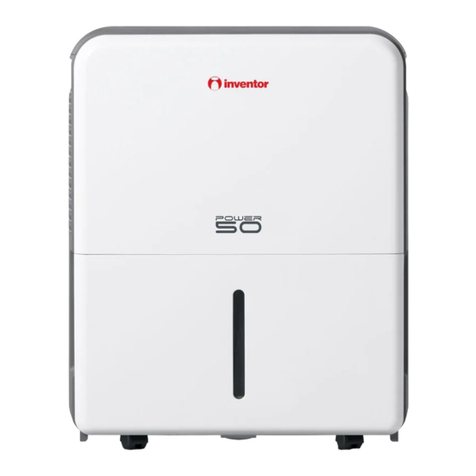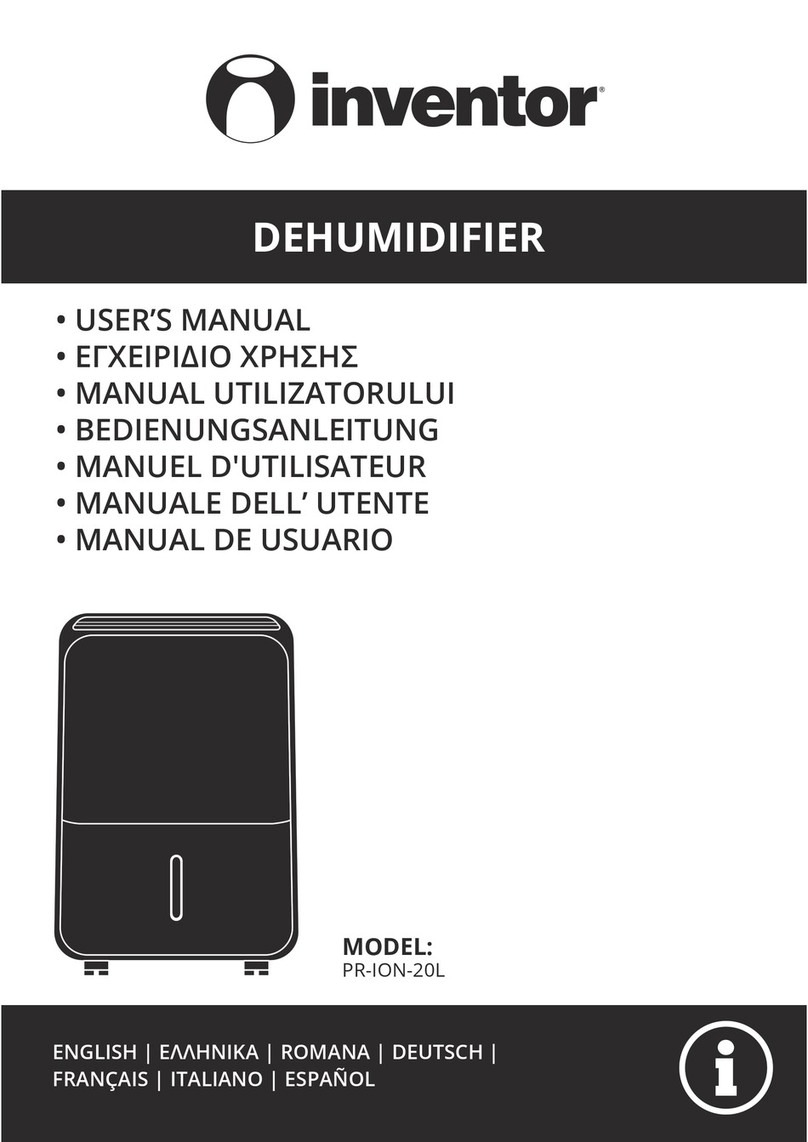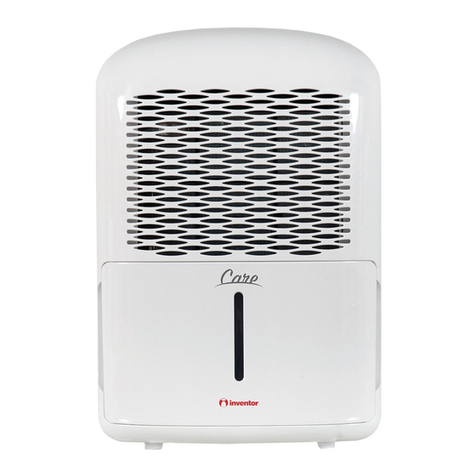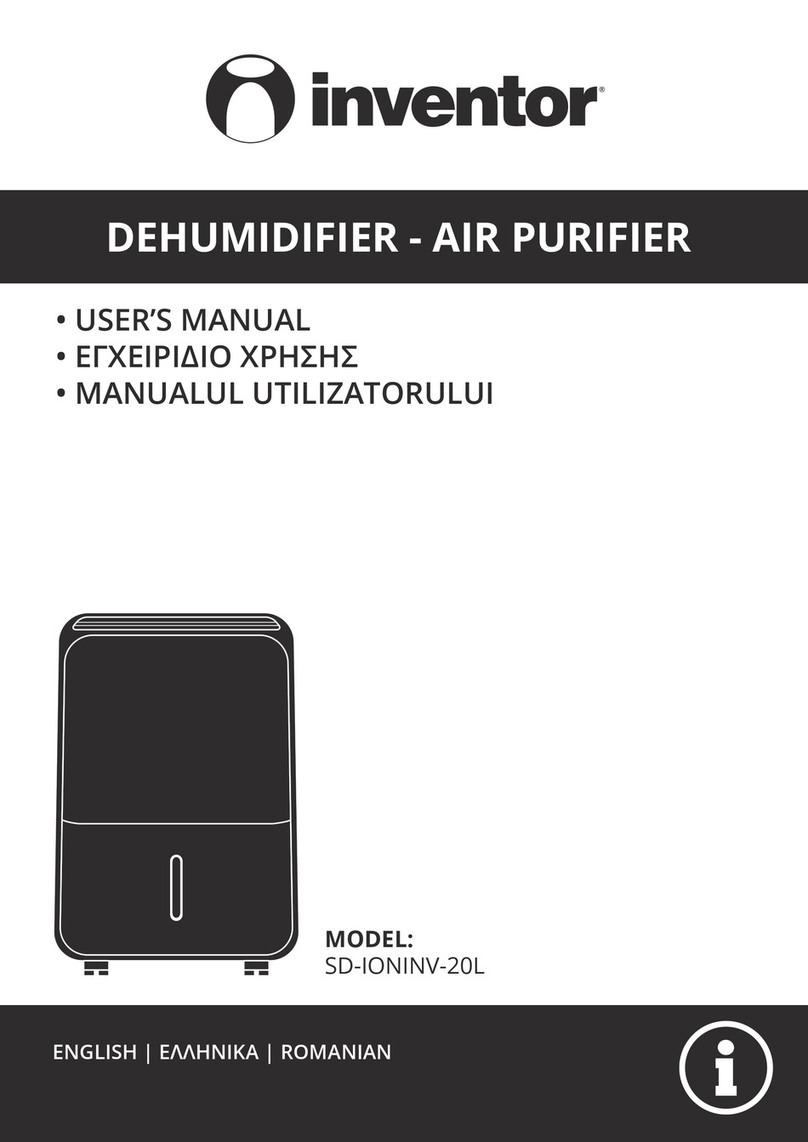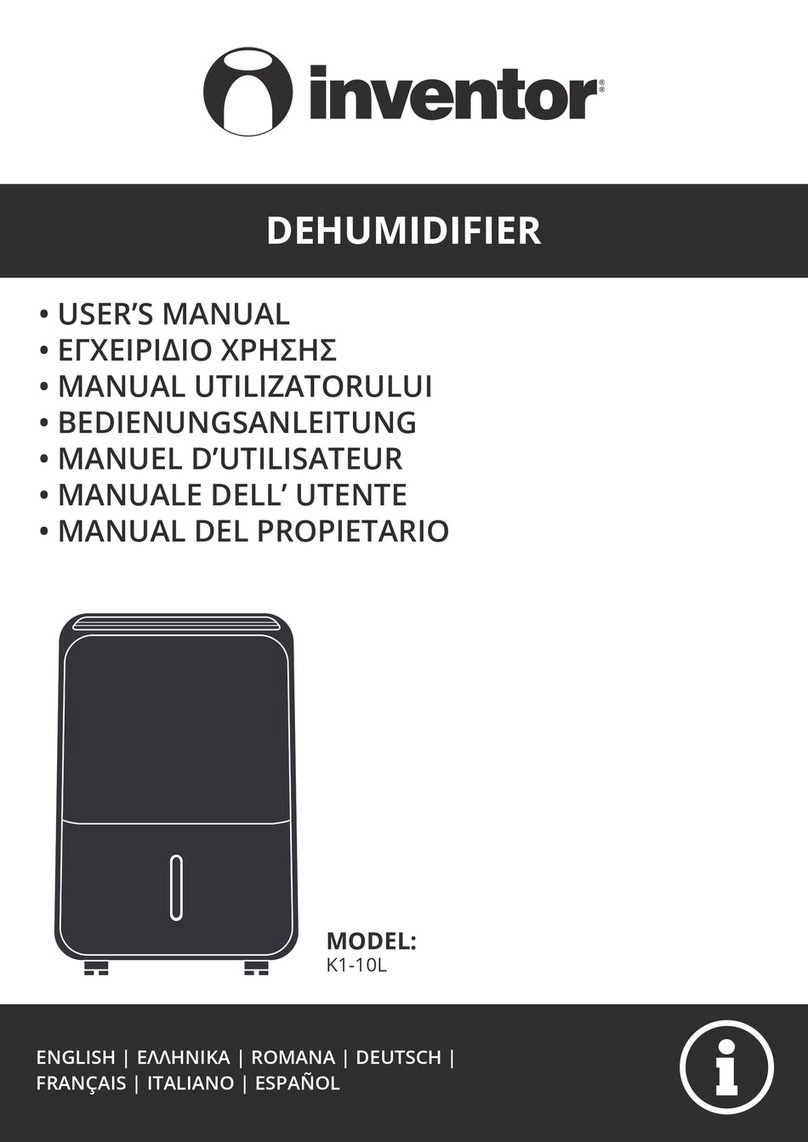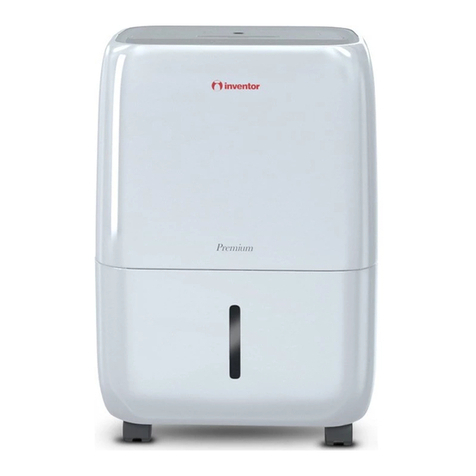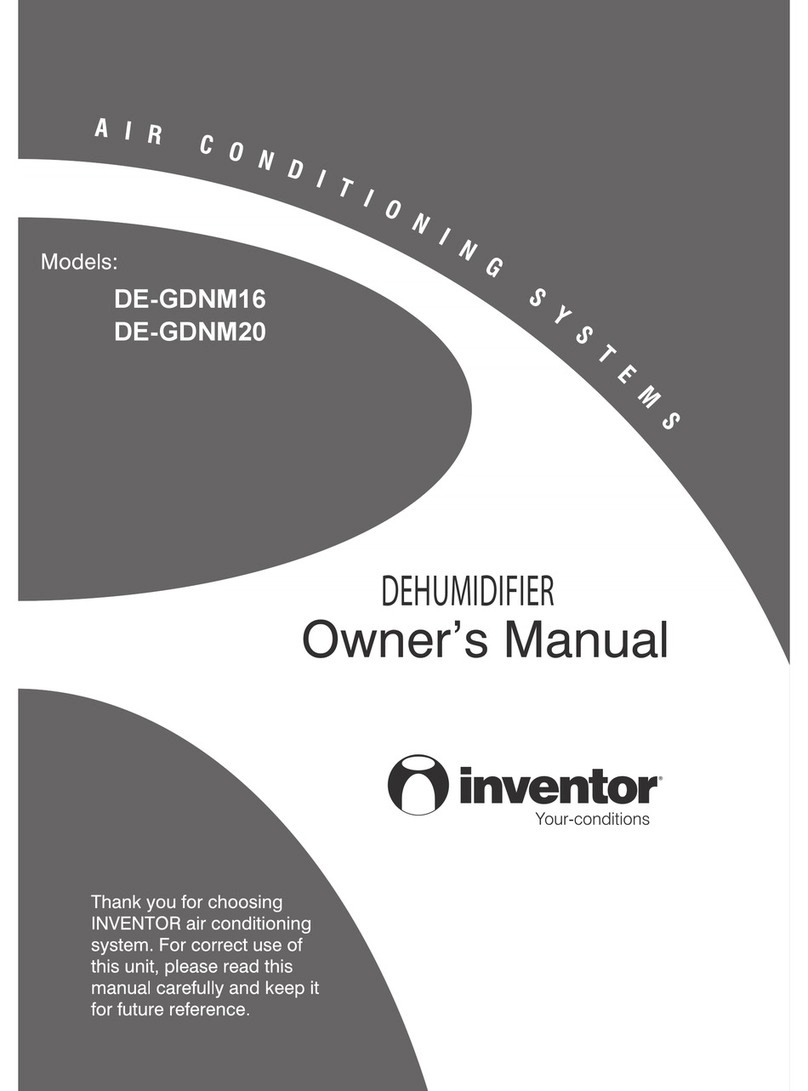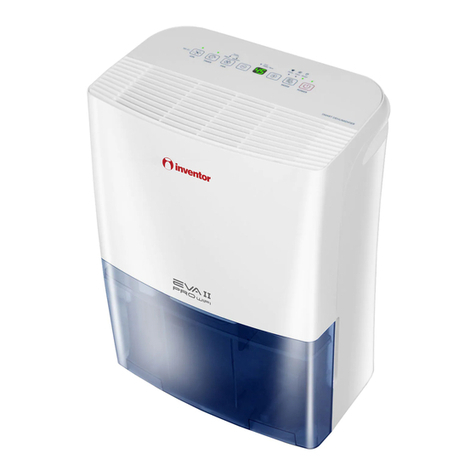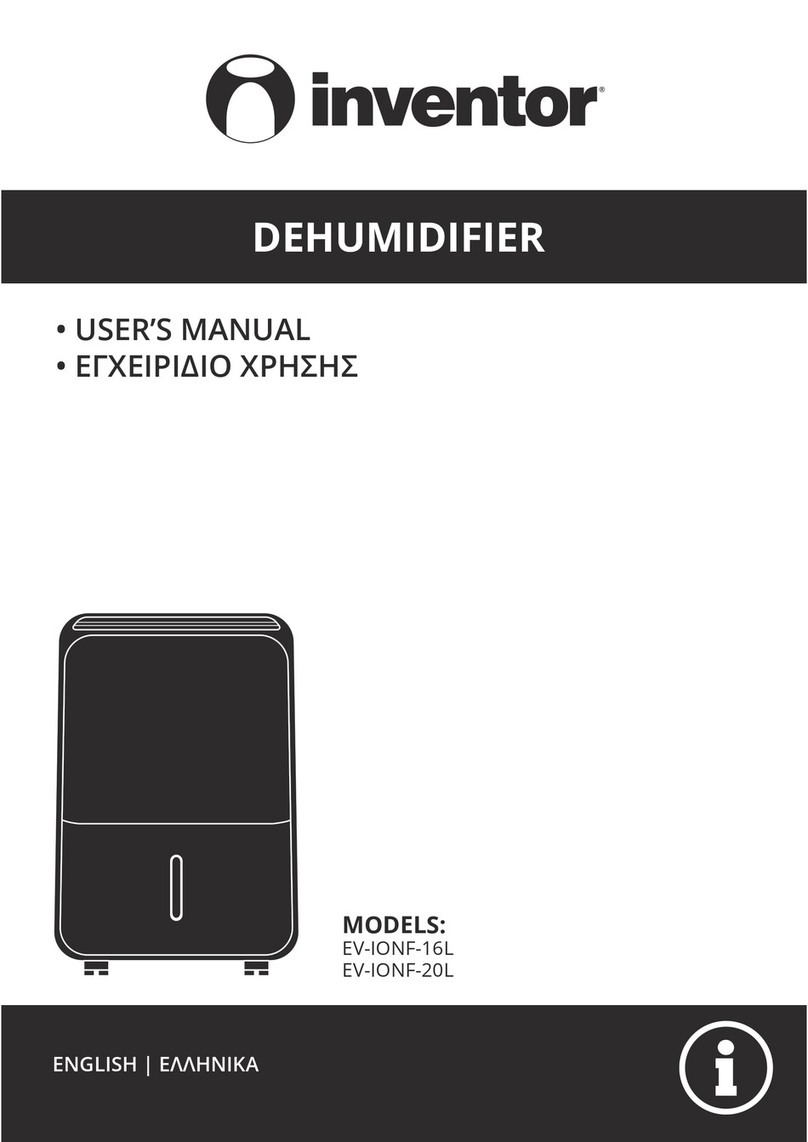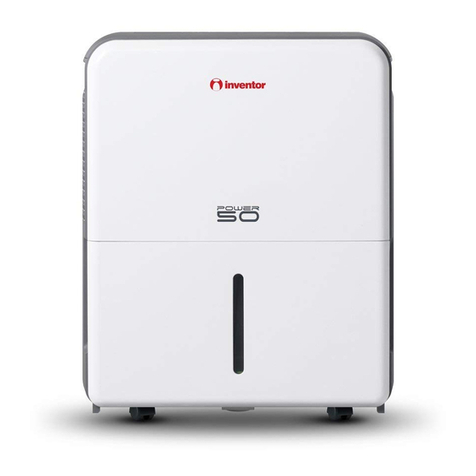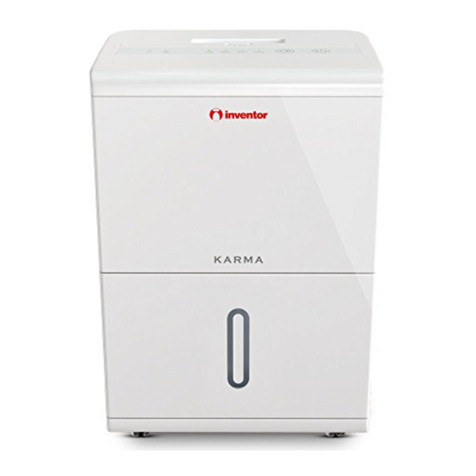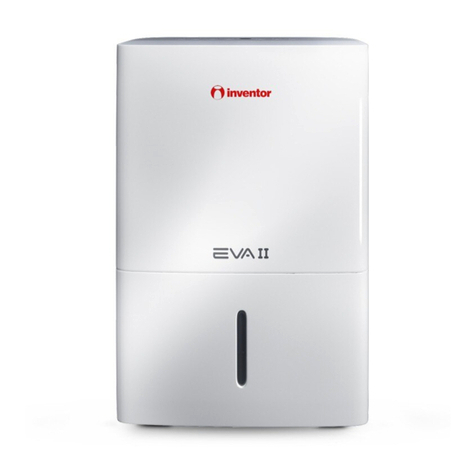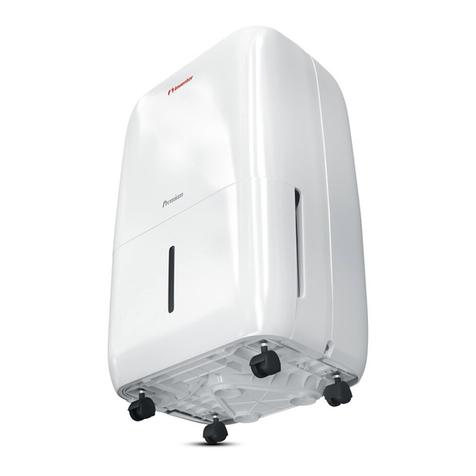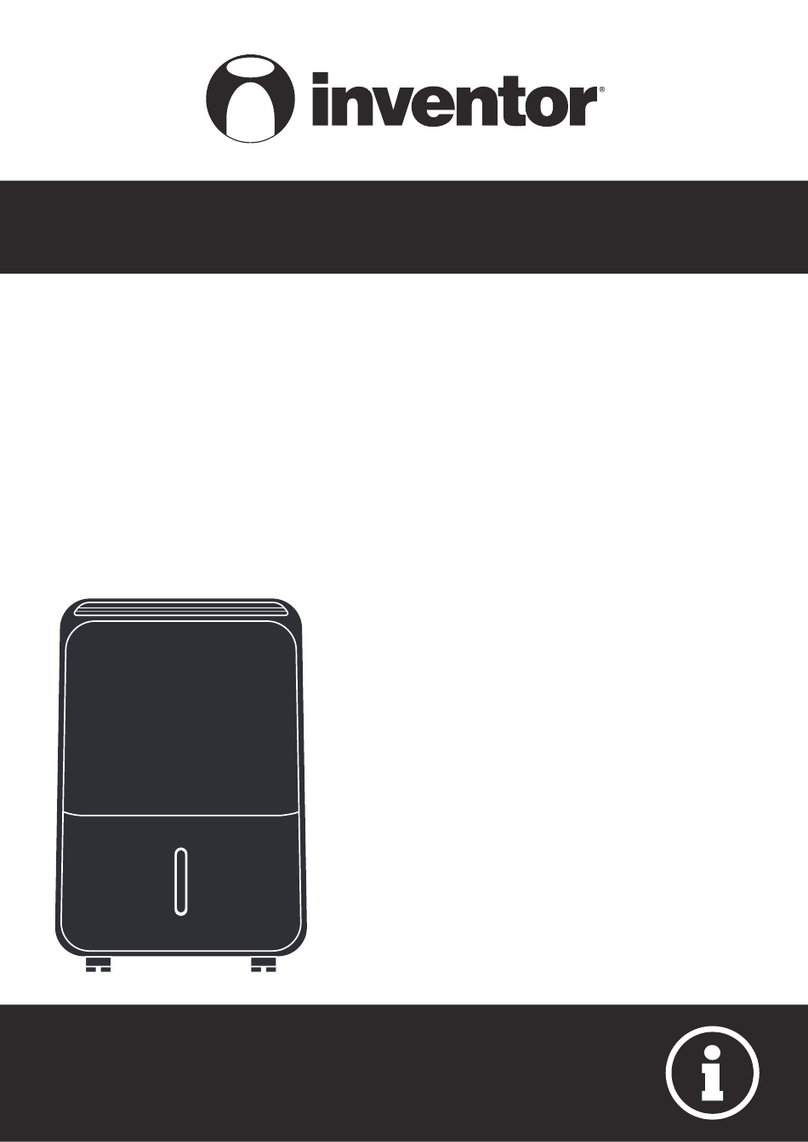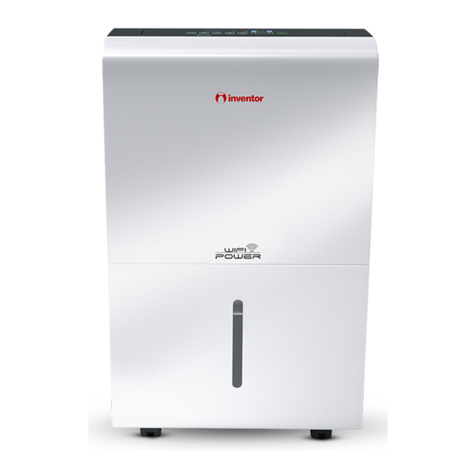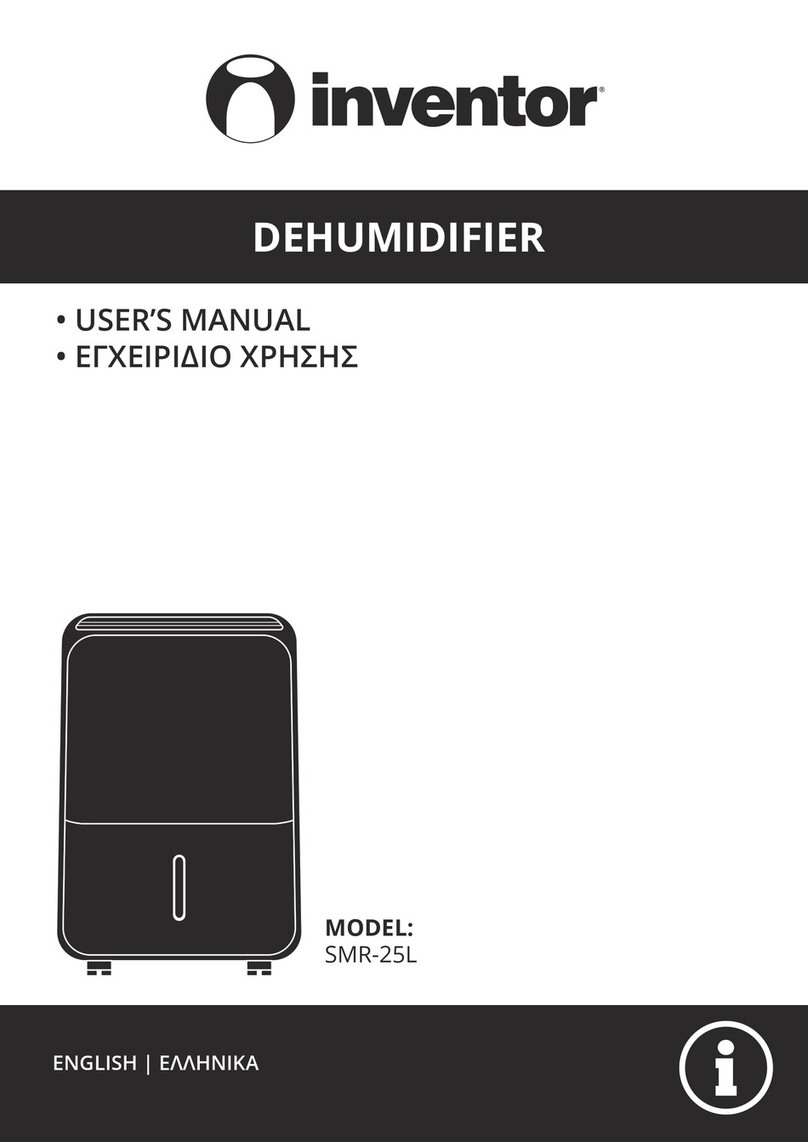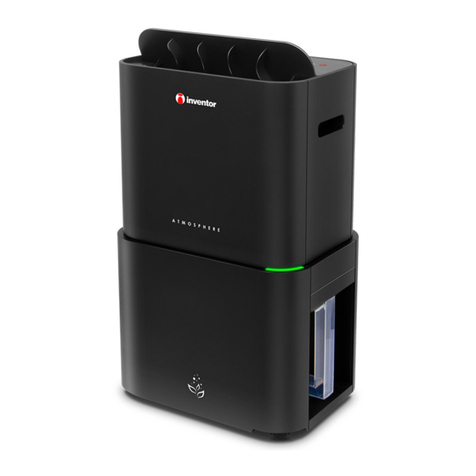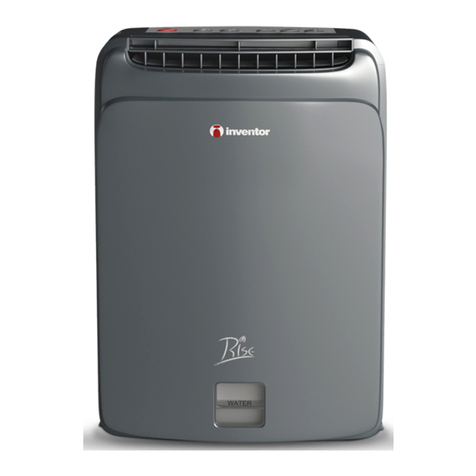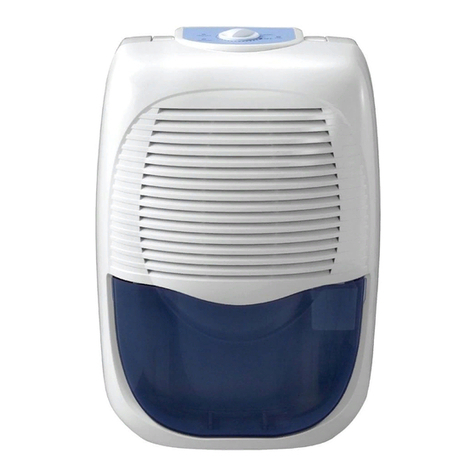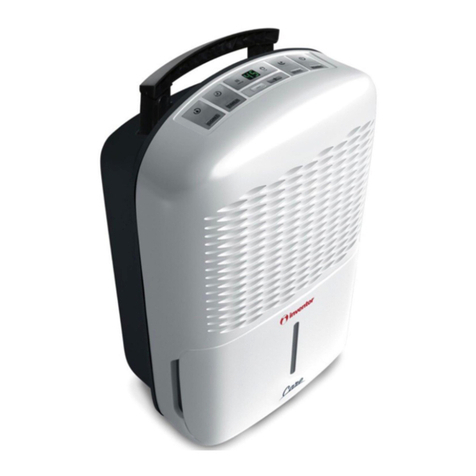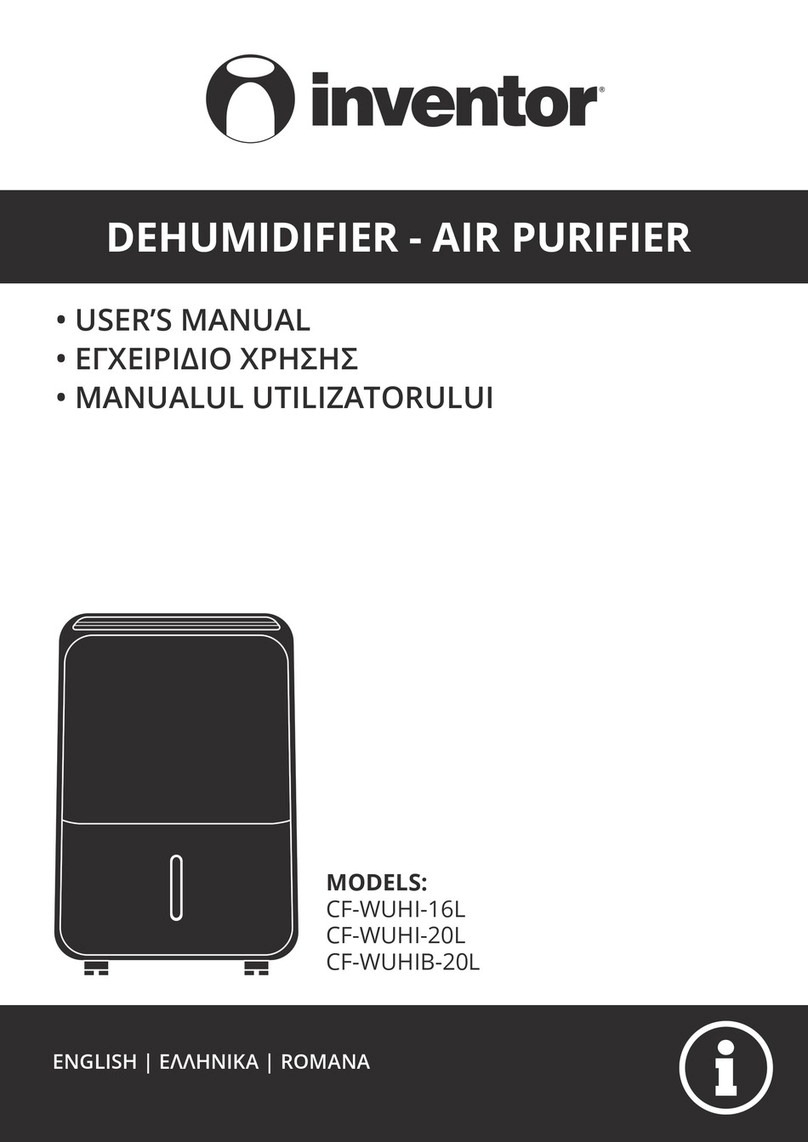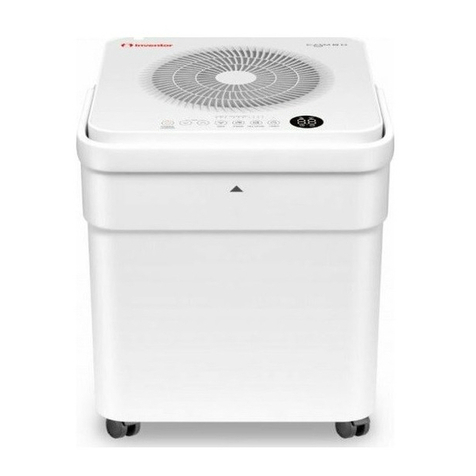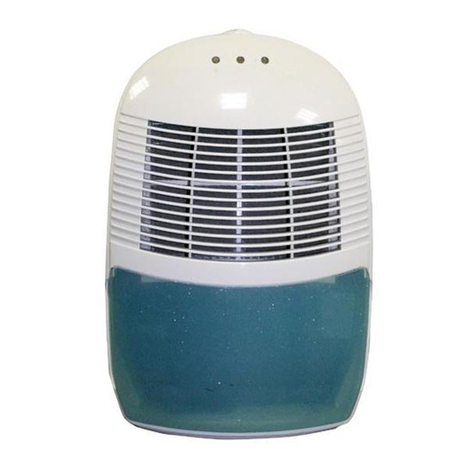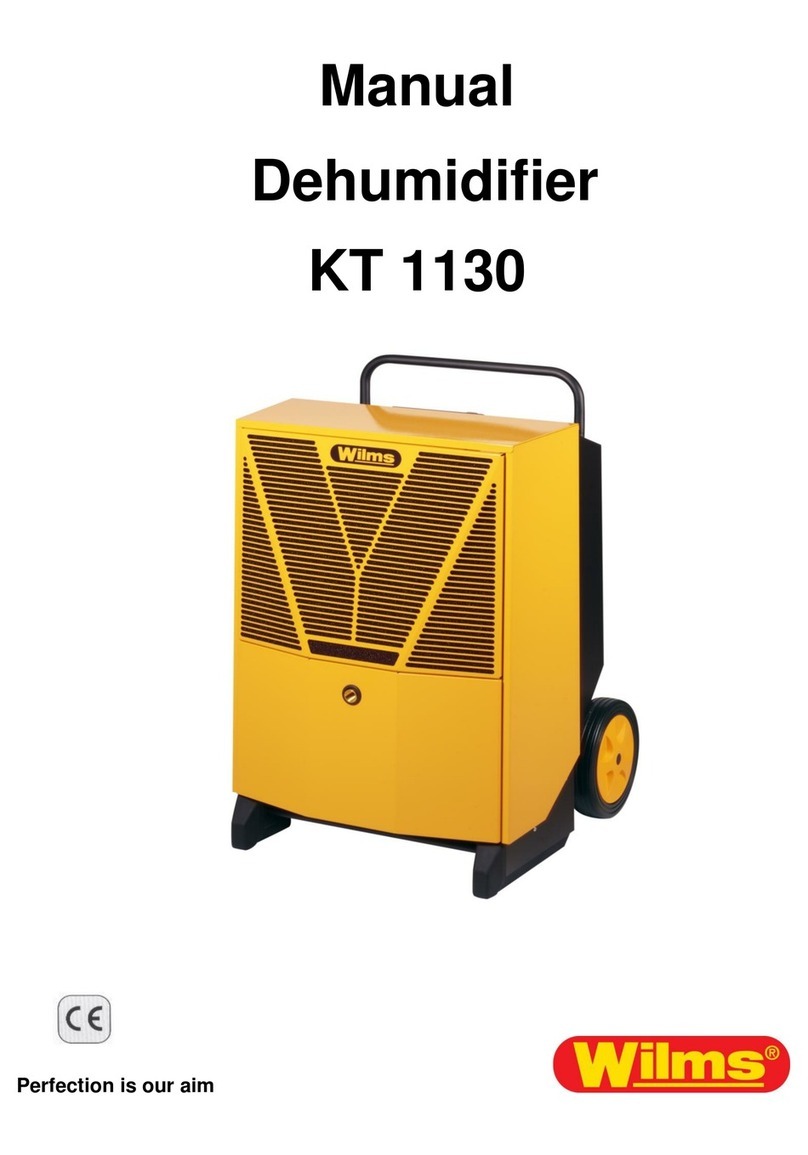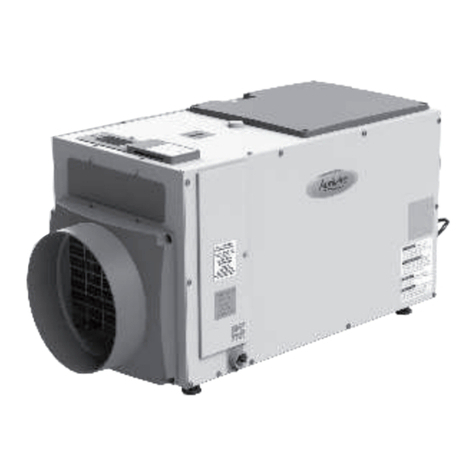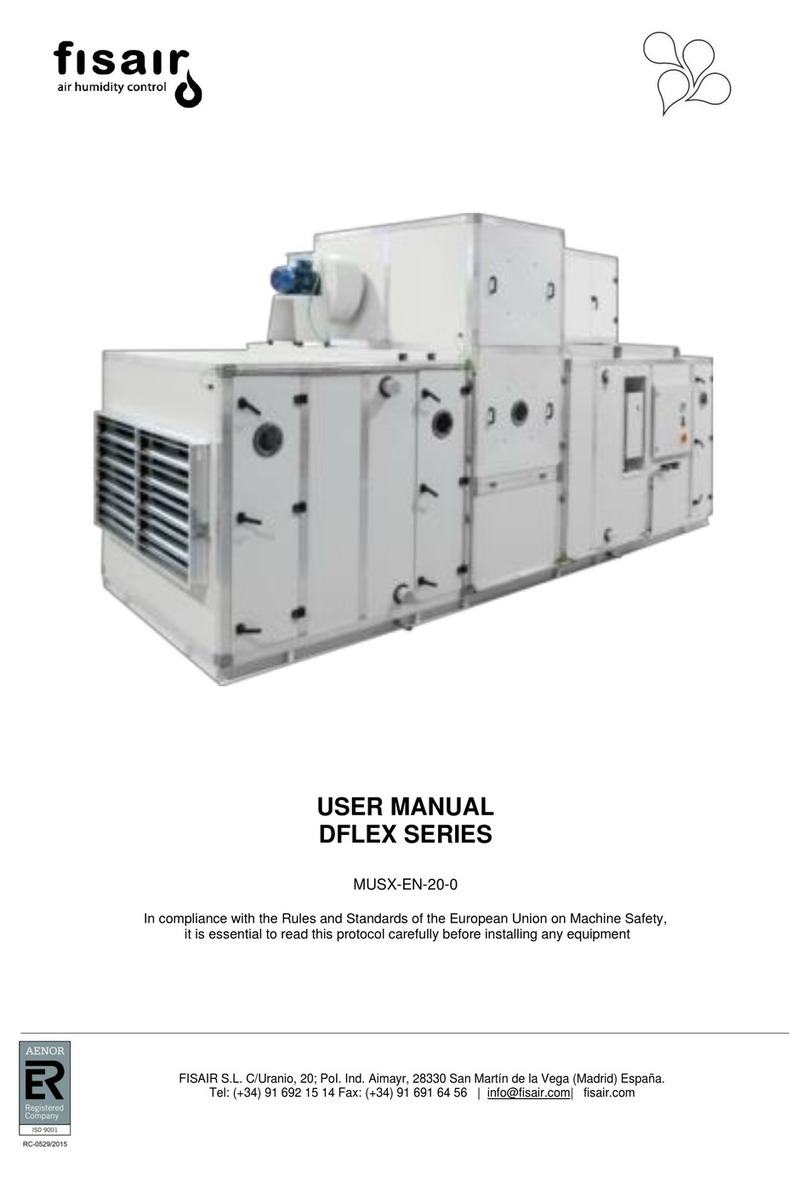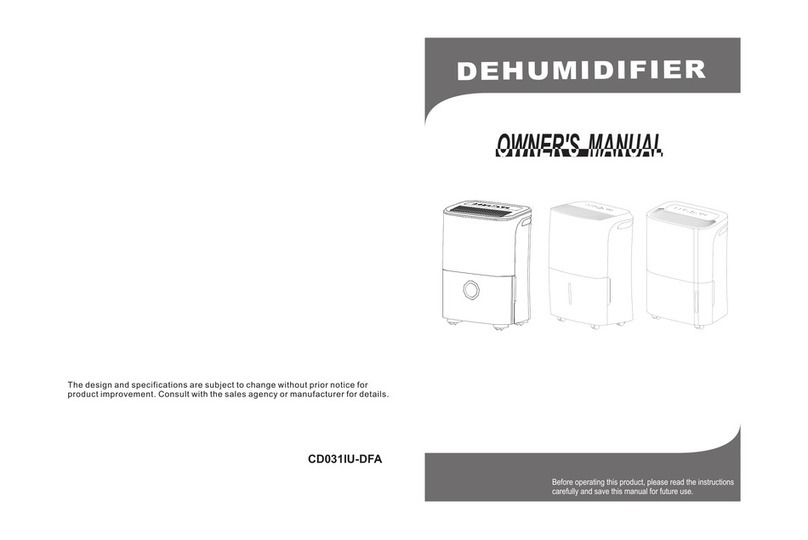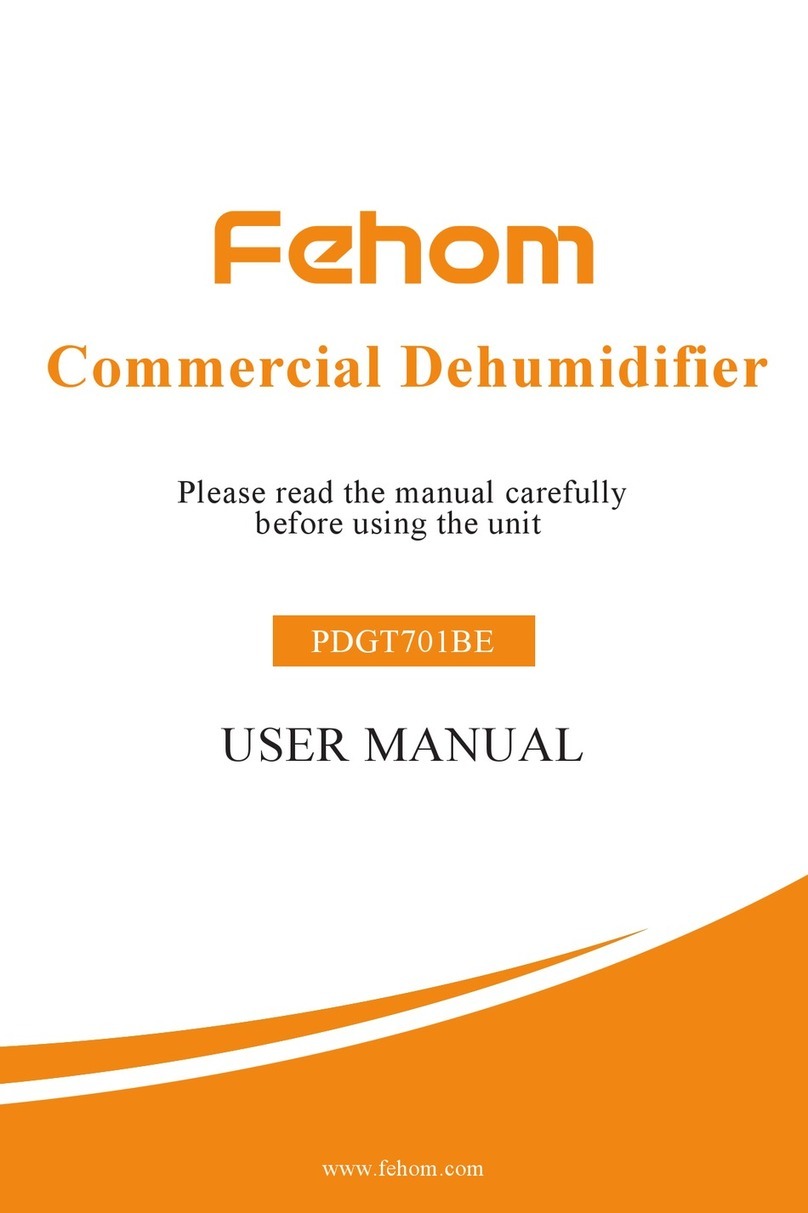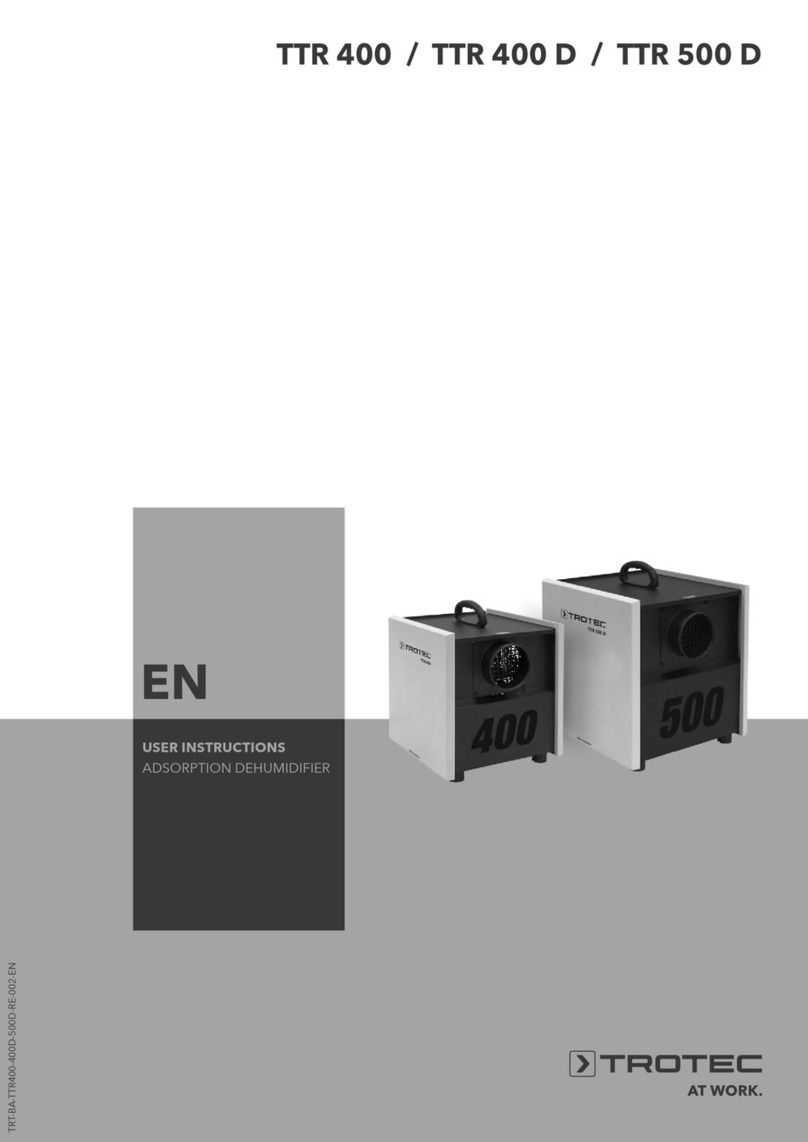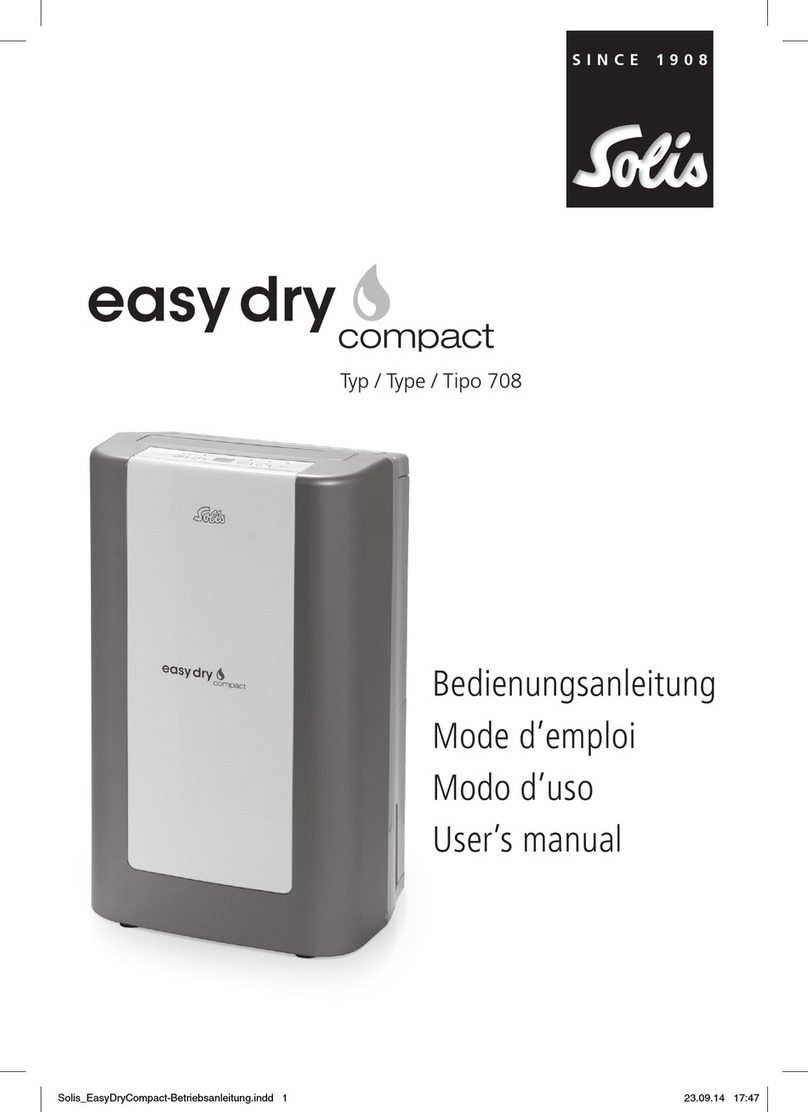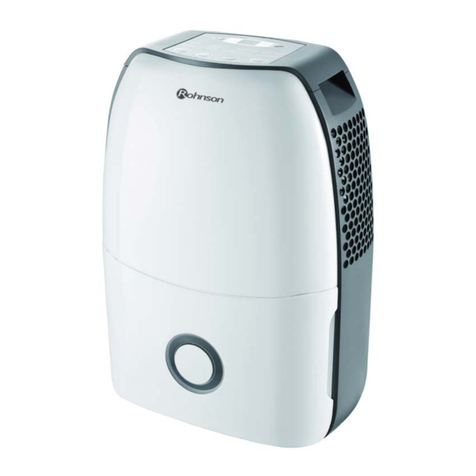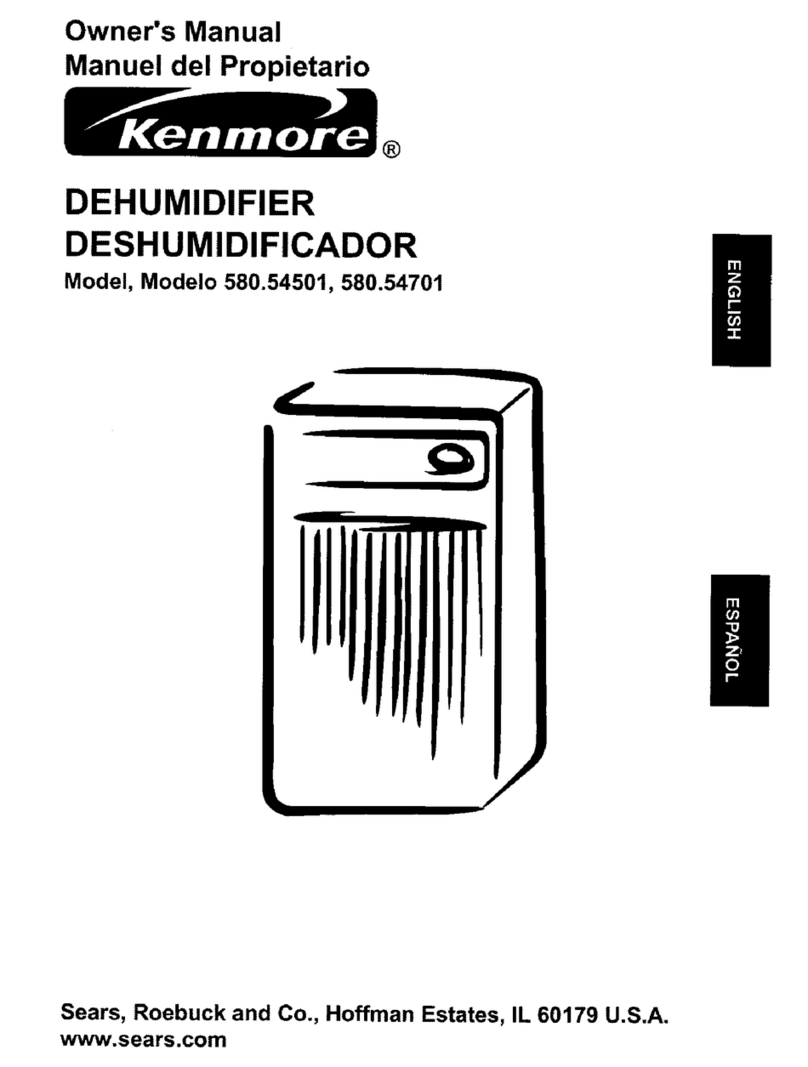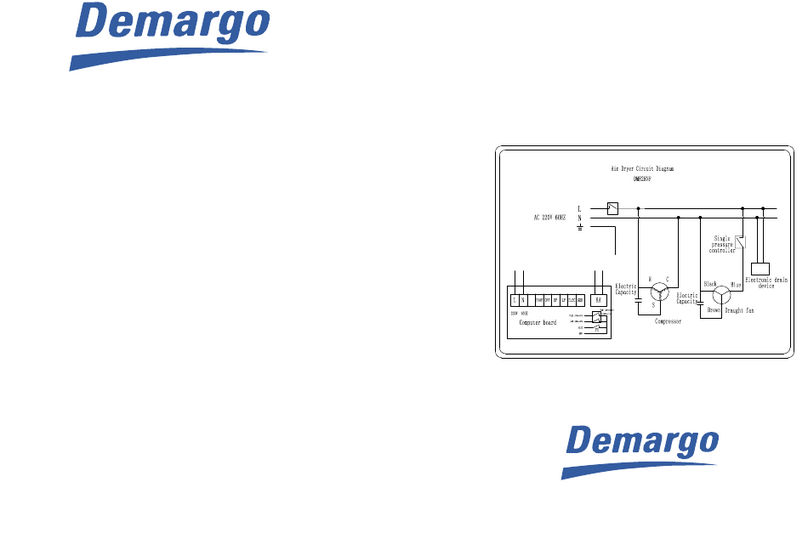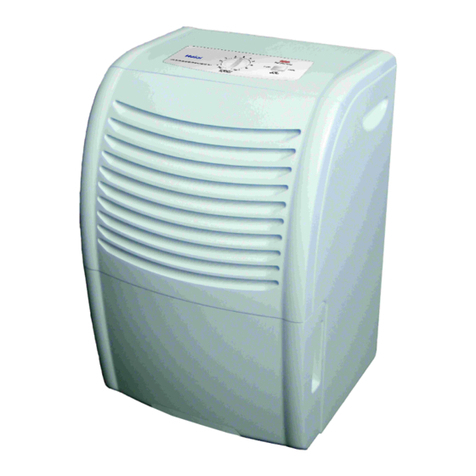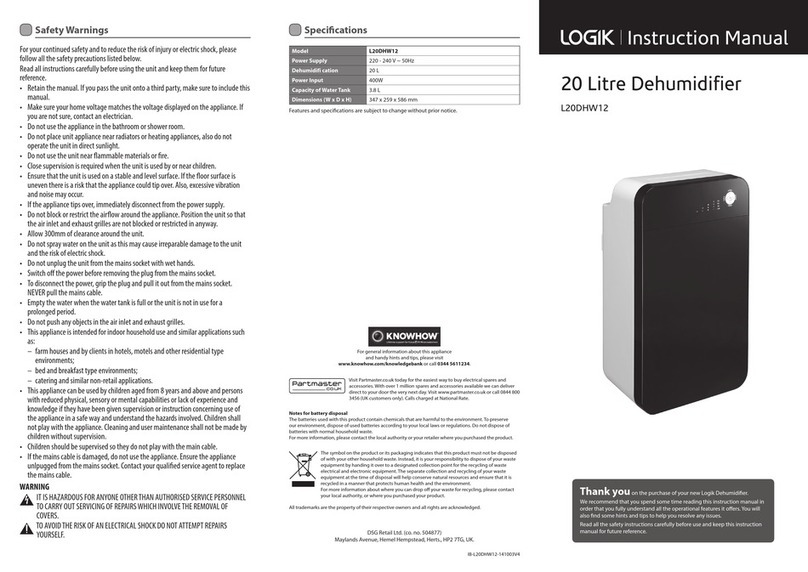
10 EN
!
Determined by local regulations.
See local regulations
See National Regulations.
The storage of equipment should be in accordance with the manufacturer’s instructions.
Storage package protection should be constructed such that mechanical damage to the
equipment inside the package will not cause a leak of the refrigerant charge.
The maximum number of pieces of equipment permitted to be stored together will be
determined by local regulations.
1. Checks to the area
Prior to beginning work on systems containing ammable refrigerants, safety checks are
necessary to ensure that the risk of ignition is minimized. For repair to the refrigerating
system, the following precautions shall be complied with prior to conducting work in the
system.
2. Work procedure
Work shall be undertaken under a controlled procedure so as to minimize the risk of a
ammable gas or vapor being present while the work is being performed.
3. General work area
All maintenance sta and others working in the local area shall be instructed on the nature
of work being carried out. Work in conned spaces shall be avoided. The area around the
workspace shall be sectioned o. Ensure that the conditions within the area have been made
safe by control of ammable material.
4. Checking for presence of refrigerant
The area shall be checked with an appropriate refrigerant detector prior to and during work,
to ensure the technician is aware of potentially ammable atmospheres. Ensure that the
leak detection equipment being used is suitable for use with ammable refrigerants, i.e.
nonspeaking, adequately sealed or intrinsically safe.
5. Presence of re extinguisher
If any work is to be conducted on the refrigeration equipment or amy associated parts,
appropriate re extinguishing equipment shall be available to hand. Have a dry powder or
CO2 re extinguisher adjacent to the charging area.
6. No ignition sources
No person carrying out work in relation to a refrigeration system which involves exposing
any pipe work that contains or has contained ammable refrigerant shall use any sources
of ignition in such a manner that it may lead to the risk of re or explosion. All possible
ignition sources, including cigarette smoking, should be kept suciently far away from the
site of installation, repairing, removing and disposal, during which ammable refrigerant can
possibly be released to the surrounding space. Prior to work taking place, the area around the
equipment is to be surveyed to make sure that there are no ammable hazards or ignition
risks.”No Smoking” signs shall be displayed.
7. Ventilated area
Ensure that the area is in the open or that it is adequately ventilated before breaking into the
